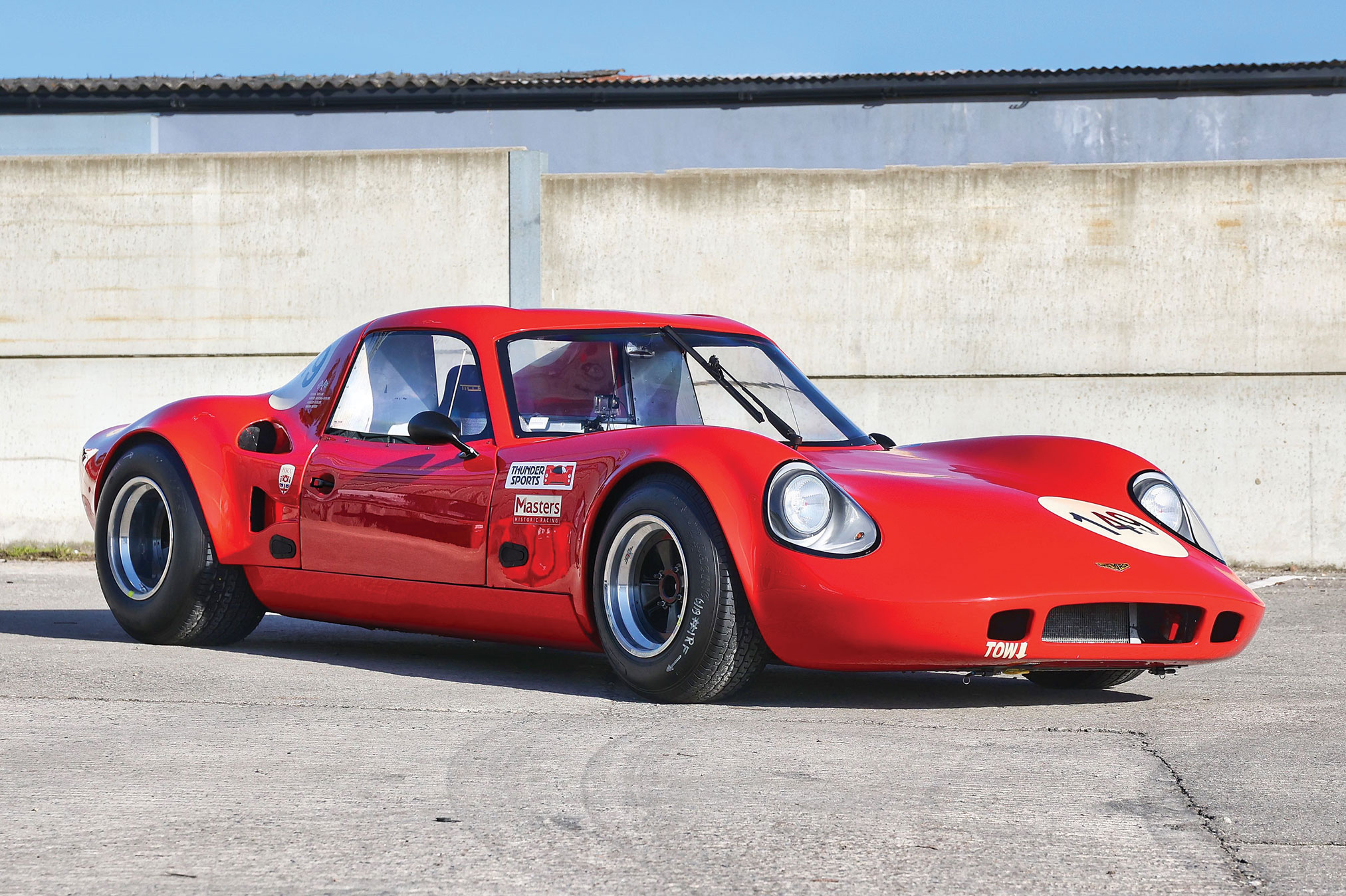Offered here for auction at the 2023 Race Retro International Historic Motor Show is DBE-45, believed to be the only Chevron B8 to escape a racing life and reportedly sold for road use, which is supported by a “pink slip” and letter of authenticity. The B8 proved too difficult for even occasional road use and was soon parked up, unused and fell into disrepair before being shipped to Switzerland, where it was restored and used for hillclimbing. Around 2003, the old race car was brought back to the U.K. and professionally returned to full racing specification.
Our vendor has owned the B8 since 2012 and carried out a meticulous ground-up rebuild beginning in 2015 with new brake master cylinders, calipers, rotors, Aeroquip hoses and fittings, new purpose-molded shatterproof acrylic windows and professional rewiring. Also fitted were a new FIA-approved fuel bag, all-new rod ends, track ends, spherical bearings, wheel bearings and new, correct, period Koni shocks. To finish the project off, the Chevron was professionally painted in a high-gloss red gel coat.
The B8 has had seven hours running since and comes with a zero-hours M10 BMW engine completely rebuilt to full race specification with new rods, crank, valves and guides mated to a zero-miles Mark Bailey FT 200 gearbox.

